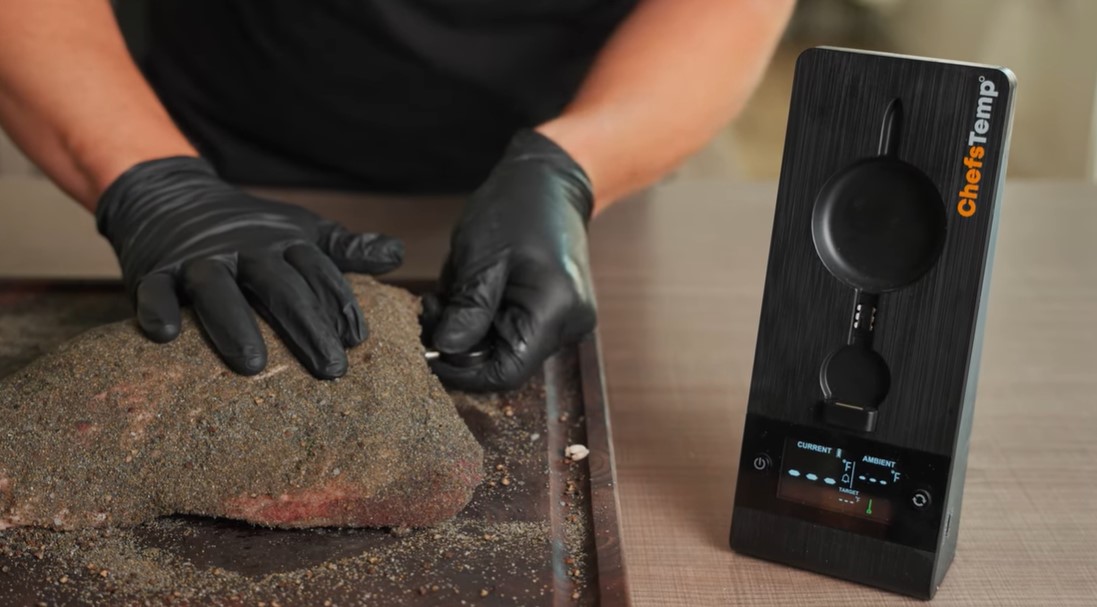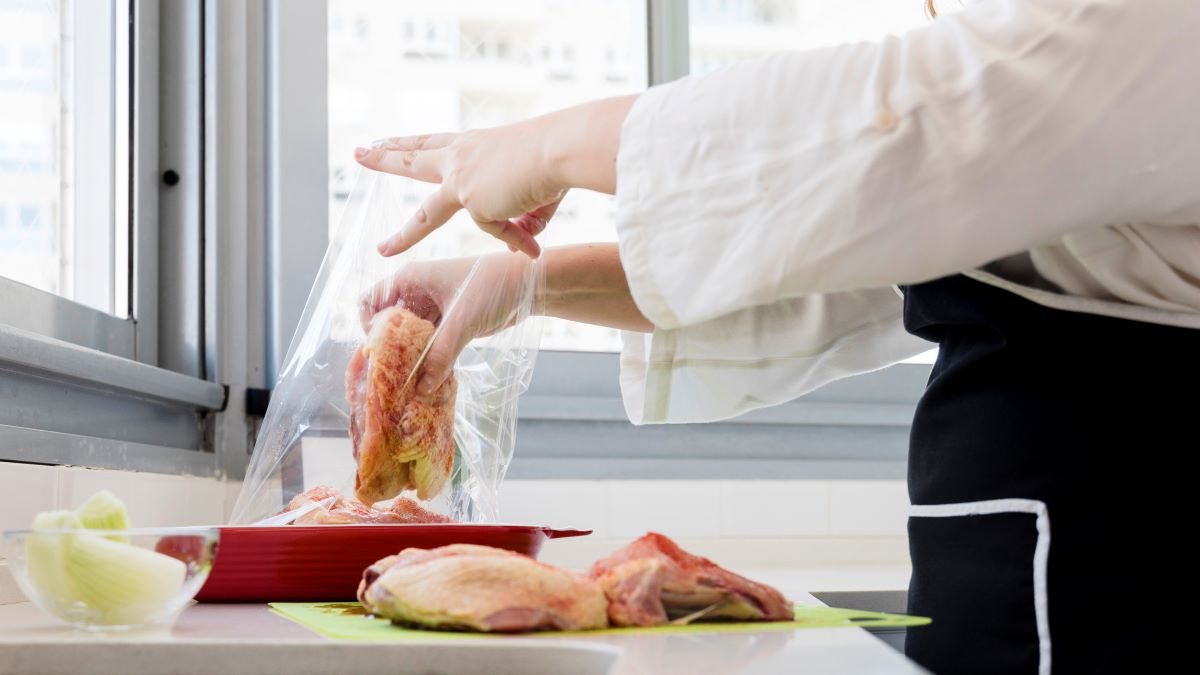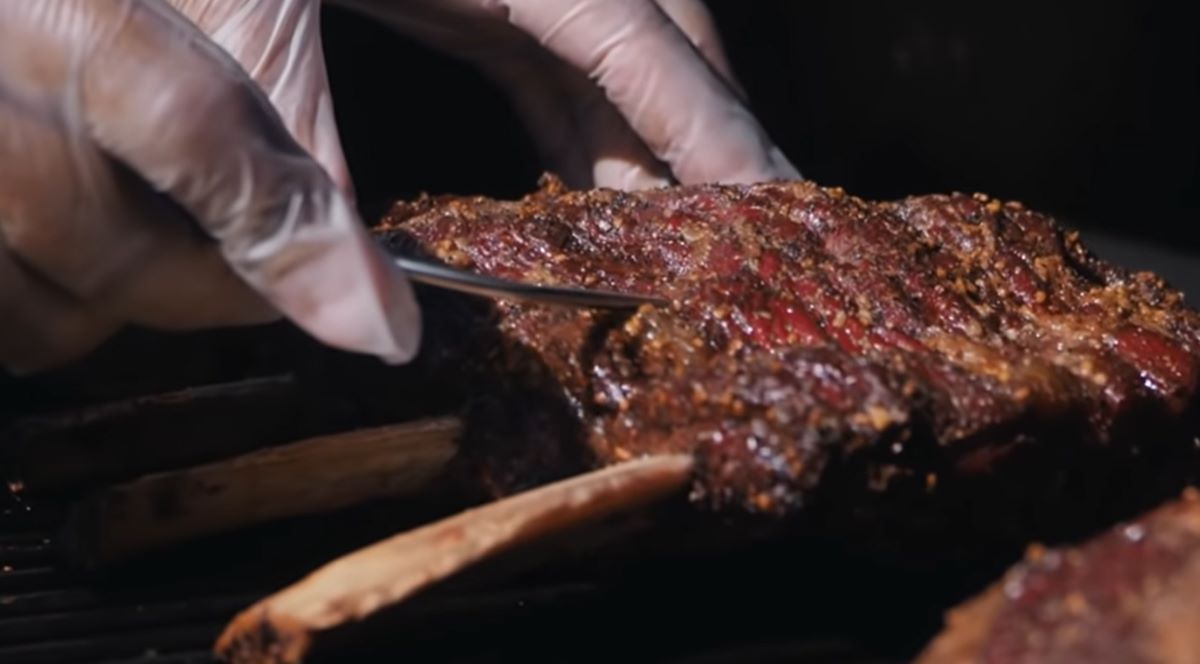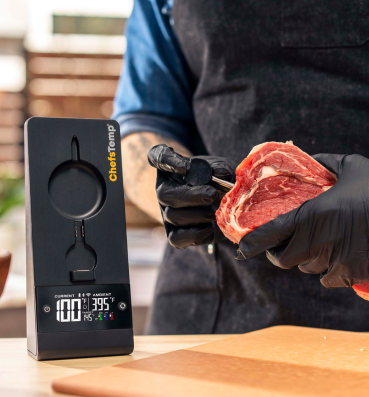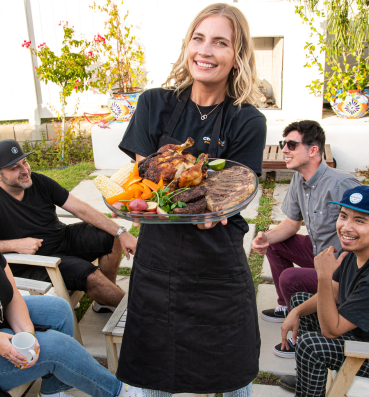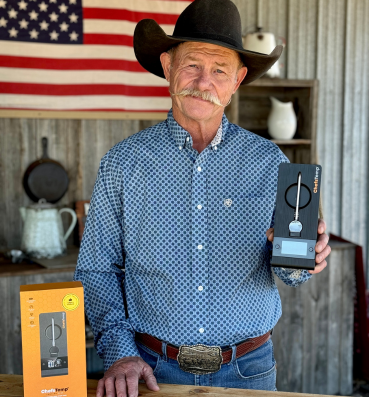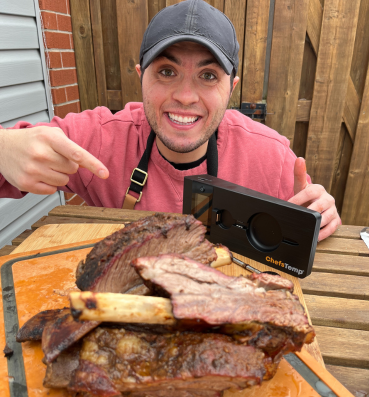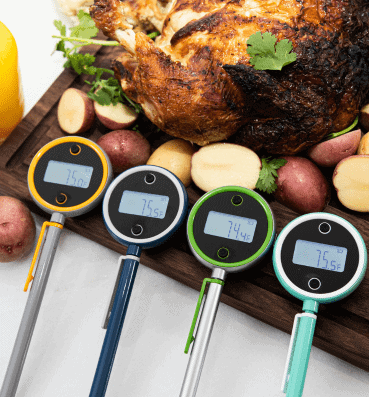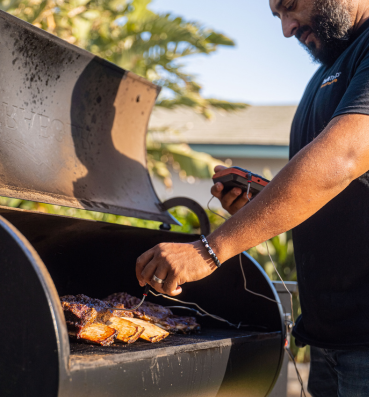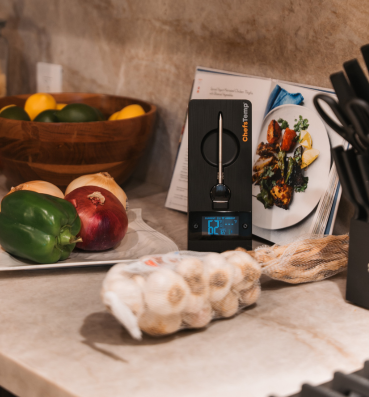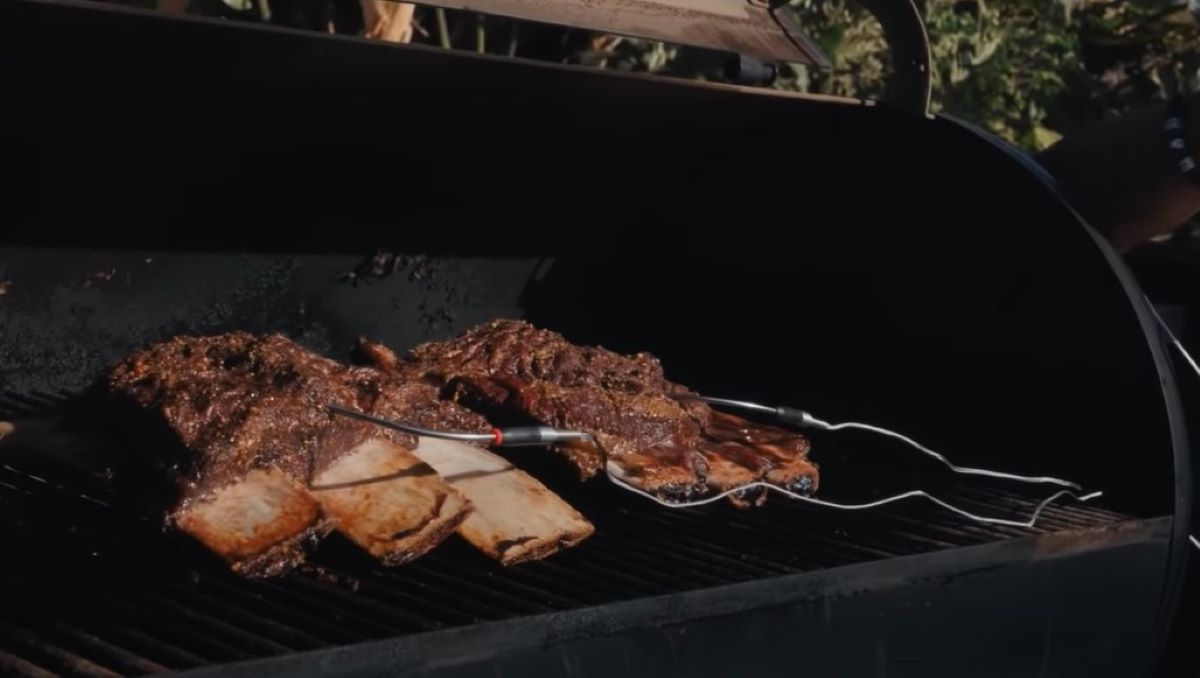
Grilling Like a Pro: Using Thermometers for Perfect BBQ Every Time
With summer on the horizon, you’ll likely spend more time outdoors enjoying a BBQ party with friends and family. Take this opportunity to hone your grilling skills and get the perfect BBQ every time. Achieving the perfect level of doneness on grilled meat is challenging; overcooking and undercooking the meat could ruin your BBQ party experience. However, using the right tools like thermometers could save the day and ensure you can serve the best grilled meat like a pro.
Table of Contents
Importance of Temperature Control for the Perfect BBQ
Before learning how to use grill thermometers to achieve the best grilled results, it’s essential to understand the importance of temperature control. What role does temperature play in achieving the proper doneness of your meat? The answer to this question ensures you can serve the best flavor and texture for the meat.
Temperature control is the core aspect that affects all forms of cooking. Not only does grilling require achieving the correct cooking temperature, but baking, frying, and sauteing also require it.
First, reaching a specific temperature ensures the food is safe to consume. That is the number one goal of temperature control in cooking. Next, you want to achieve the ideal temperature to allow the flavors of the ingredients to come through. Certain ingredients require heat to produce natural flavors, so you should master temperature control.
Mastering the art of temperature control is also critical to achieving the right texture. Texture is vital to enjoying your food, and it varies from one type of food to another. You aim for a juicy and succulent texture when it comes to grilled meat. Therefore, you should learn to cook the grilled meat to a specific temperature to be juicy and tender.
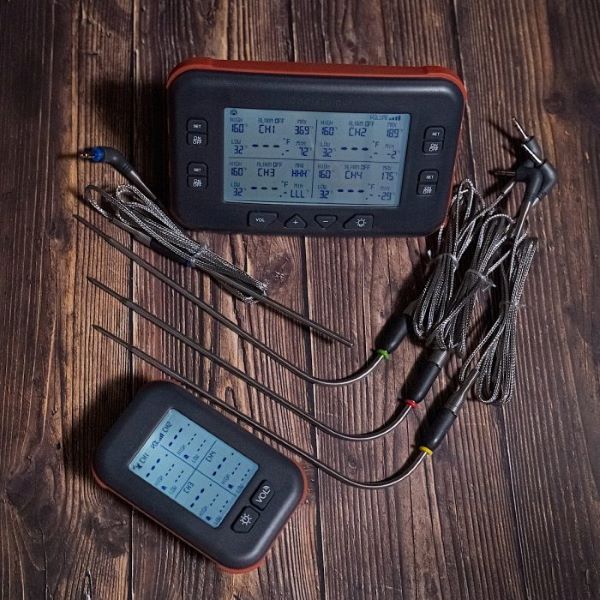
The Proper Way of Using Grill Thermometers
With an understanding of how temperature control is vital to a delicious BBQ, here are tips on using grill thermometers. These tips enable you to achieve perfectly cooked meat and be more confident the next time you fire up that grill.
1. Calibrate Your Thermometer
The first thing you should do before using a grill thermometer is to calibrate it. Calibrating a thermometer ‘resets’ it to ensure the most accurate temperature reading. Each thermometer is unique, so make sure to follow the manufacturer’s recommendations on the proper way of calibrating your thermometer.
2. Insert the Thermometer Correctly
Proper technique is essential when inserting a thermometer into the meat to ensure the best reading. The probe should be inserted into the thickest part of the meat, not just on the skin. Avoid hitting any bone or fat, as this can result in an unreliable reading. The center provides the best gauge of when the meat is done.
Getting the correct reading of the internal temperature of the meat prevents undercooking or overcooking the grilled meat. Once the internal temperature is within the recommended range, you can take the meat off the grill before it becomes rubbery.
That said, you can adjust the cooking temperature and time based on your desired level of doneness (such as medium rare, medium well, etc). Depending on the specific type of thermometer, let the probe sit for a few seconds to ensure an accurate reading.
3. Monitor the Temperature
When grilling a large batch of meat, monitoring the temperature with a thermometer is the only way to ensure that all the grilled meats are cooked properly and are safe to eat.
If you’re grilling several pieces of meat, such as chicken thighs, you should check the largest, smallest, and middle-sized cuts. The smallest pieces will cook the fastest, and the largest cuts will take longer. Therefore, keep a close eye on every piece and their sizes so you don’t end up with some pieces of meat undercooked and others overcooked.
When grilling large pieces of meat, it is recommended that you check at two different spots. It will give you a better assessment of the doneness of the meat. Be careful when monitoring the temperature of the meat, though, as doing this too frequently can cause the heat to escape, affecting the temperature of the cooking environment (for grills with lids). Hence, you should only check the temperature of the meat when you’re close to the end of the cooking time.
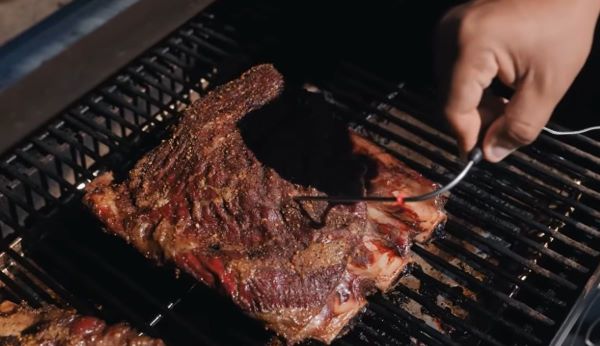
Mistakes to Avoid When Grilling
While there are best practices to observe when grilling and using meat thermometers, it’s also important to be aware of common mistakes. These common grilling pitfalls will make you even more confident in handling your meat.
1. Not Calibrating Your Thermometer
In relation to the tip above, calibrating your thermometer should always be the first step when grilling meat using a thermometer. Failure to calibrate could lead to inaccurate readings and a false sense of security that the meat is safe to eat when it is, in fact, undercooked.
2. Judging Doneness Based on Visual Cues
Not even the most experienced grill masters can confidently say that meat is cooked based on visuals alone. While looking at the color of the meat can tell you it is almost cooked, you still have to use a thermometer to check its internal temperature. Some meats have a natural pinkish and reddish hue, even when cooked. Assuming that the meat is still raw or undercooked based on the color alone could result in a severely overcooked meat that has lost its flavor and is too tough to eat.
3. Checking Only One Spot
Most tips for using thermometers when grilling meat tell you to check the center of the meat. However, you should not rely on a single reading. Check the meat in another spot to validate your first reading for accuracy. Different parts of the meat cook at different rates. Therefore, checking different spots is crucial to ensure the meat is cooked evenly.
The Bottom Line
Whether you’re new to grilling or you’ve been doing it for years, it does not hurt to employ tools like meat thermometers to ensure the correct doneness. These tools simplify the life of a griller and eliminate any guesswork to ensure the best grilled results every time. It is also crucial for food safety because you want to serve something other than raw or undercooked meat to your friends and family.
Discover more recipes and learn kitchen tricks by joining our cooking family on Facebook.
Shop now for products used in this post:
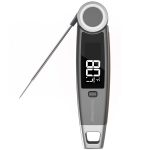
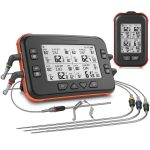
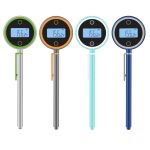
You may also like:
